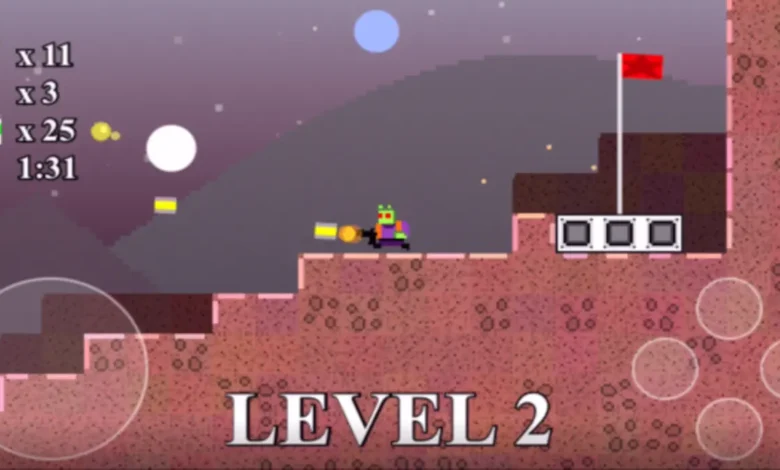Space Huggers: The Psychological Benefits of Touch in Extraterrestrial Environments

As humanity ventures further into the cosmos, the challenges of space exploration extend beyond the technical and physical. One of the most overlooked yet critical aspects of long-term space missions is the psychological well-being of astronauts. The human connection becomes more vital in space’s vast, isolating expanse. Enter the concept of Space Huggers—innovative solutions designed to address astronauts’ emotional and psychological needs by simulating the comforting power of human touch in extraterrestrial environments.
This article delves into the psychological benefits of touch, the challenges of isolation in space, and how Space Huggers could revolutionize mental health support for astronauts on long-duration missions.
The Importance of Human Touch in Psychological Well-Being

Space Huggers Human touch is a fundamental aspect of our emotional and psychological health. From birth, touch plays a crucial role in bonding, communication, and emotional regulation. Studies have shown that physical touch can:
- Reduce Stress: Touch triggers the release of oxytocin, often called the “love hormone,” which helps lower cortisol levels and reduce stress.
- Enhance Mood: Physical contact, such as hugging, can stimulate the production of serotonin and dopamine, neurotransmitters associated with happiness and well-being.
- Foster Connection: Touch strengthens social bonds, creating a sense of belonging and reducing feelings of Loneliness.
- Improve Immune Function: Positive physical interactions have been linked to improved immune responses, critical for maintaining health in challenging environments.
In space exploration, where astronauts are isolated from their loved ones and confined to small, high-stress environments, the absence of touch can have profound psychological consequences.
The Psychological Challenges of Space Exploration
Space is an inherently hostile environment for humans. Beyond the physical dangers, astronauts face unique psychological challenges, including:
1. Isolation and Loneliness
Astronauts on long-duration missions, such as those to Mars or beyond, are cut off from Earth for months or even years. The lack of face-to-face interaction with family and friends can lead to feelings of Loneliness and emotional detachment.
2. Confinement and Limited Personal Space
Spacecraft and habitats are designed for efficiency, not comfort. Astronauts live and work in cramped quarters with little privacy, which can lead to heightened stress and interpersonal conflicts.
3. Monotony and Lack of Stimulation
The repetitive nature of daily tasks in space and the unchanging environment can lead to boredom and a decline in mental sharpness.
4. Separation from Earth’s Natural Rhythms
The absence of natural light, fresh air, and Earth’s familiar sights and sounds can disrupt circadian rhythms and contribute to feelings of disorientation and depression.
In such conditions, emotional support and human connection are paramount. This is where Space Huggers come into play.
What Are Space Huggers?
Space Huggers are innovative technologies and systems designed to simulate the psychological benefits of human touch in space. These solutions aim to provide astronauts with comfort, connection, and emotional stability, even in the most isolating environments.
Types of Space Huggers
- Wearable Haptic Devices
- These devices use gentle vibrations, pressure, or temperature changes to mimic the touch sensation. For example, a wearable vest could simulate the feeling of a hug, providing immediate emotional relief.
- Robotic Companions
- Robots equipped with soft, human-like features can offer physical interaction, such as hand-holding or patting, to reduce feelings of Loneliness.
- Virtual Reality (VR) Experiences
- VR technology can create immersive environments where astronauts can “interact” with loved ones or experience the comforting presence of others, even if they are millions of miles away.
- Weighted Blankets and Compression Garments
- These tools provide deep pressure stimulation, which has been shown to reduce anxiety and promote relaxation.
The Psychological Benefits of Space Huggers
1. Reducing Stress and Anxiety
Space Huggers can help astronauts manage the high-stress levels of space travel. By simulating the calming effects of touch, these technologies can lower cortisol levels and promote a sense of calm.
2. Combating Loneliness
The absence of human connection can be overwhelming in the void of space. Space Huggers provide a tangible companionship, helping astronauts feel less isolated.
3. Improving Sleep Quality
Sleep disturbances are common in space due to the lack of natural light and the stress of the environment. Weighted blankets and haptic devices can promote relaxation and improve sleep quality, essential for cognitive function and overall health.
4. Enhancing Team Cohesion
Astronauts on long-duration missions must work closely together, often under stressful conditions. Space Huggers can help build trust and camaraderie among crew members, reducing the risk of conflicts.
5. Boosting Resilience and Mental Health
By addressing the emotional needs of astronauts, Space Huggers can enhance their resilience and ability to cope with the challenges of space exploration. This, in turn, improves mission success rates and overall well-being.
Real-World Applications and Future Prospects
Space Huggers is not just theoretical—space agencies and private companies are already exploring it. For example:
- NASA’s Human Research Program investigates the psychological effects of isolation and develops technologies to support astronaut mental health.
- Haptic Feedback Suits are being tested to provide tactile stimulation in virtual environments, which could be adapted for use in space.
- Robotic Companions like NASA’s Robonaut and Japan’s Kirobo have demonstrated the potential for human-robot interaction in space.
As missions to Mars and beyond become a reality, the demand for innovative psychological support systems will only grow. Space Huggers represent a promising solution to one of the most pressing challenges of space exploration: maintaining astronauts’ mental health and emotional well-being.
Challenges and Ethical Considerations
While Space Huggers offer numerous benefits, there are challenges and ethical considerations to address:
1. Technological Limitations
Creating devices that accurately simulate human touch in zero-gravity environments is no small feat. Engineers must overcome technical hurdles to ensure these systems are effective and reliable.
2. Cultural Differences
The perception of touch varies across cultures. Space agencies must consider the diverse backgrounds of astronauts when designing and implementing Space Huggers.
3. Privacy Concerns
Wearable devices and robotic companions collect data on users’ emotional states. Ensuring the privacy and security of this data is crucial.
4. Overreliance on Technology
While Space Huggers can provide emotional support, they should not replace genuine human interaction. Balancing technology with opportunities for real connection is essential.
Conclusion
As we reach for the stars, we must not forget the human element of space exploration. The psychological well-being of astronauts is just as important as their physical health, and Space Huggers offers a groundbreaking way to address this need. By simulating the comforting power of human touch, these innovative technologies can help astronauts navigate the emotional challenges of extraterrestrial environments, ensuring they remain mentally resilient and connected to their humanity.
Ultimately, Space Huggers are more than just tools—they are a testament to our ability to adapt, innovate, and care for one another, even in the universe’s most distant and inhospitable corners.
By focusing on the keyword “Space Huggers” and incorporating related terms like “psychological benefits,” “extraterrestrial environments,” and “astronaut mental health,” this article is optimized for SEO while providing valuable, engaging content for readers.





